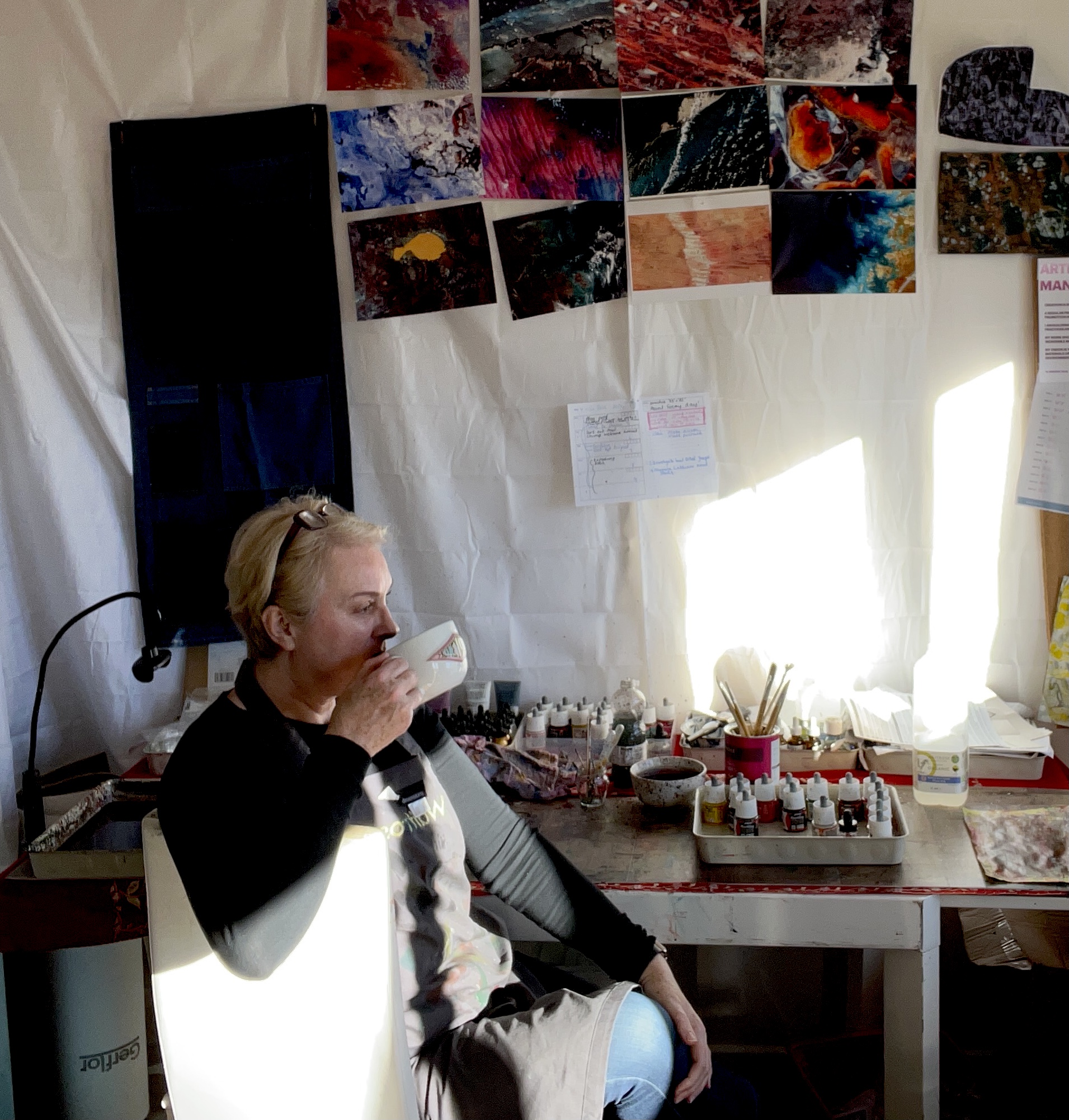Unleashing Creativity: 5 Unconventional Approaches for Artists
In the vast and ever-expanding universe of art, finding new ways to spark creativity can sometimes feel like searching for a needle in a haystack. Yet, the secret to unlocking an endless stream of creative juices might not lie in the traditional methods we're accustomed to. Instead, it's the unusual, the unconventional, and the downright unexpected approaches that can lead to breakthroughs in creativity.
Embrace the Art of Constraints: Phil Hansen
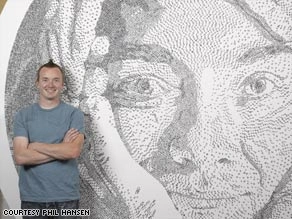
Limiting your options to ignite creativity might sound counter intuitive, but it’s a powerful tool. Constraints can take various forms, such as limiting your colour palette, using only recycled materials, or creating within a specific theme or size. These limitations force you to think differently and innovate within the boundaries you’ve set. For example, the artist Phil Hansen transformed his artistic limitation into an opportunity. After developing a tremor in his drawing hand, Hansen embraced his shake and started creating art using methods that capitalised on his tremor. His story, shared in this TED talk, showcases how embracing constraints can lead to a whole new level of creativity.
Incorporate Non-Visual Senses: Anicka Yi
When we think of art, we primarily think of visual stimuli. However, incorporating other senses like smell, touch, or sound can offer a fresh perspective. Try creating pieces that evoke a scent, or use textured materials that invite touch, or even integrate sound elements into visual works. Anicka Yi, an artist known for her experimental work, often incorporates olfactory elements into her installations, challenging the audience to engage with art through their sense of smell. Her exhibitions, such as this article in The Guardian invite viewers to experience art in a multi-sensory manner.
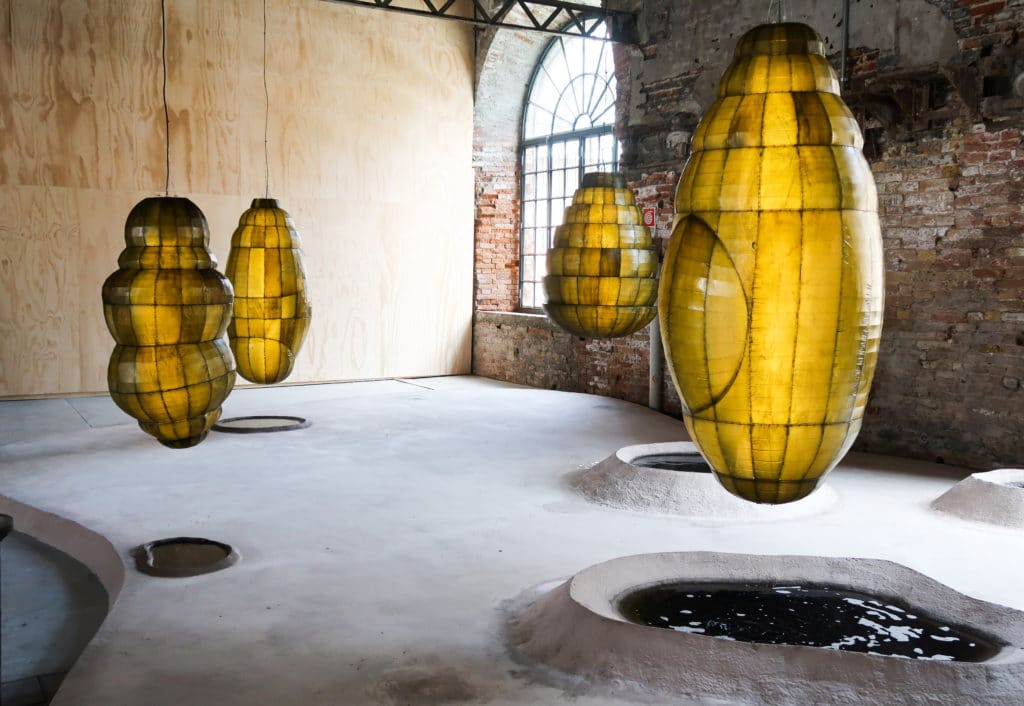
Turn to the Digital World: Refik Anadol
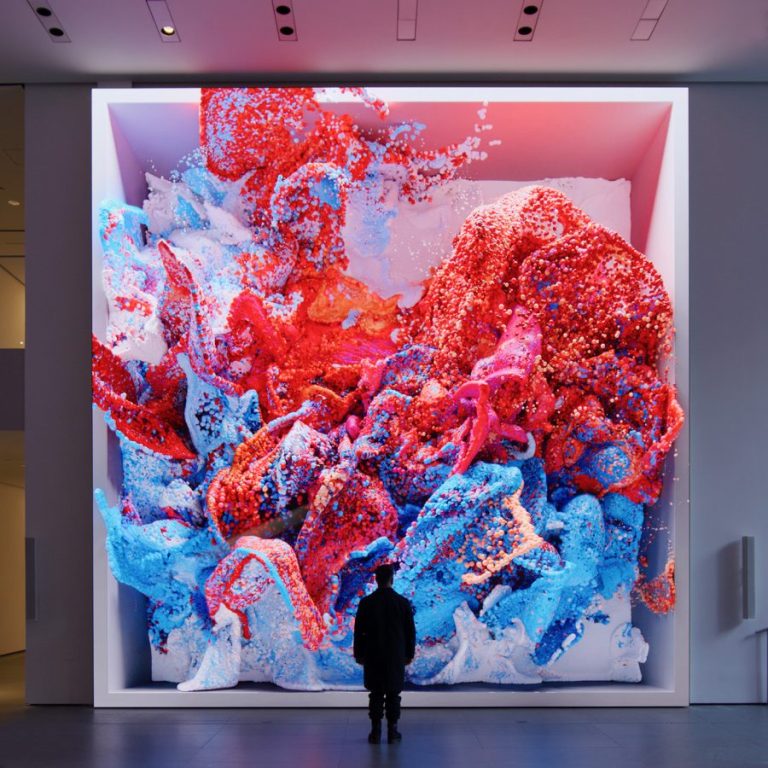
The digital world is ripe with creative tools and platforms that can inspire new forms of art. From AI-driven art generators to virtual reality (VR) and augmented reality (AR) applications, technology offers a playground for creativity that transcends traditional mediums. Refik Anadol, a media artist and director, uses data and AI as a medium to create mesmerizing installations and digital experiences. His project, “Machine Hallucination“, utilises AI algorithms to process millions of images and create a dynamic visual experience that explores the intersection of architecture and digital art.
Collaborate with Nature: Andy Goldsworthy
Nature is not just a backdrop for inspiration—it can be an active participant in the creative process. This approach involves collaborating with the elements, whether it’s letting the wind dictate your brush strokes, using rain to wash away paint in a controlled manner, or incorporating natural materials directly into your work. Andy Goldsworthy, a British sculptor, photographer, and environmentalist, creates site-specific sculptures and land art situated in natural and urban settings. He works with natural materials found on-site, such as leaves, rocks, and ice, allowing the environment to guide the creation and eventual decay of his work. His documentary, “Rivers and Tides“, showcases his unique approach to art-making in collaboration with nature.
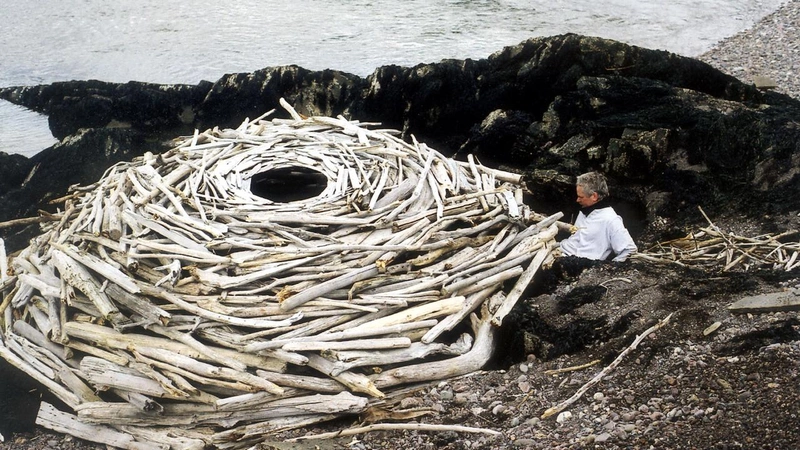
Explore the Intersection of Art and Science: Jonty Hurwitz
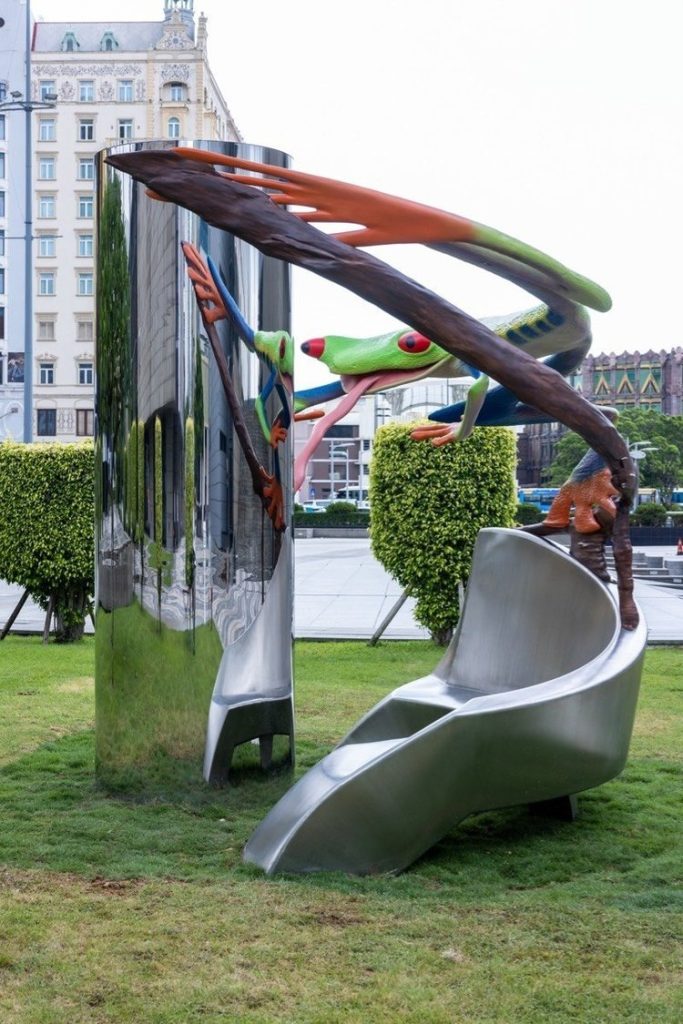
Bridging the gap between art and science opens up a realm of possibilities for creative exploration. This could involve using scientific concepts as inspiration for artworks, incorporating scientific materials and methods into your creative process, or collaborating with scientists to create interdisciplinary projects. Jonty Hurwitz creates scientifically inspired sculptures that play with perception and the physics of light. His anamorphic sculptures, for example, appear as abstract forms until viewed from a specific angle, revealing detailed figures or objects. This blend of art and science invites viewers to engage with both the aesthetic and conceptual layers of his work. His work can be viewed here.
Each of these unusual approaches offers a pathway to break from the conventional and explore the untapped potential within the creative mind. By embracing constraints, engaging multiple senses, leveraging digital technologies, collaborating with nature, and merging art with science, artists can discover new dimensions of expression and creativity. These methods not only challenge our understanding of what art can be but also how it can be created and experienced.
Continuing the Exploration
The journey into these unconventional approaches to creativity does not end with simply knowing about them; it extends into the application and experimentation within one’s own artistic practice. It’s about taking the leap into the unknown and allowing these methods to shape, challenge, and expand your creative horizons. Here are some additional thoughts on how to integrate these approaches into your work:
- Experimentation is Key: Don’t be afraid to try something new, even if it seems daunting at first. Experimentation is at the heart of creativity, and it’s through trial and error that new ideas are born.
- Interdisciplinary Learning: Engage with fields outside of your artistic expertise. Whether it’s a basic coding course, a workshop on natural sciences, or a seminar on sensory experiences, each new piece of knowledge can be a source of inspiration.
- Community and Collaboration: Connect with artists and professionals from different backgrounds. Collaboration can lead to a fusion of ideas and methodologies that might not have been possible in isolation.
- Reflection and Adaptation: After experimenting with these approaches, take the time to reflect on what worked and what didn’t. Adapt your practice based on your discoveries and continue to evolve.
Conclusion
In an era where creativity is more important than ever, exploring unconventional ways to enhance your artistic practice is not just beneficial—it’s necessary. The five methods outlined here are just the beginning. The true journey lies in how you interpret and integrate these approaches into your own work, pushing the boundaries of what you thought was possible. As artists, we are constantly in pursuit of that elusive muse, often finding inspiration in the most unexpected places. By keeping our minds open and willing to explore the unusual, we ensure that our creative wells never run dry. So, take these ideas as a starting point, and embark on a journey of creative exploration that is uniquely yours. Remember, the path to innovation is not always paved with the familiar. Sometimes, it’s the road less traveled, the unusual, the unconventional, that leads us to our greatest creative discoveries.
This exploration of creativity is just the tip of the iceberg. There's a world of unconventional methods out there waiting to be discovered. What unusual approach will you try next in your artistic journey?
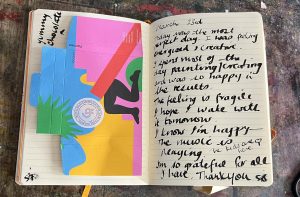
As an artist I’ve recently discovered the invaluable practice of keeping a visual/written artistic journal. I hope to find this artistic journal indispensable.
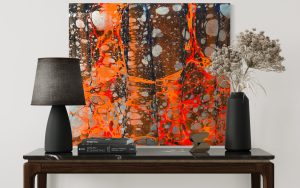
Emotion in art serves as a bridge between the creator and the viewer.
Emotion is the very essence that breathes life into a piece.
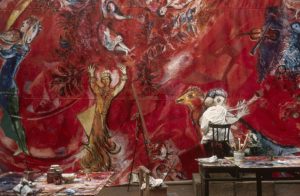
Through my experience, I’ve come to realise that inspiration for your art is not something that needs to be sought in the extraordinary. Rather, it’s the everyday life, with its myriad of seemingly mundane details, that holds the key to unlocking profound artistic inspiration. In this article, I aim to share how embracing the world around us can become a boundless source of creative fuel, helping us find our unique voice and vision.

